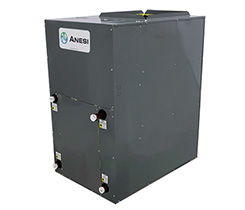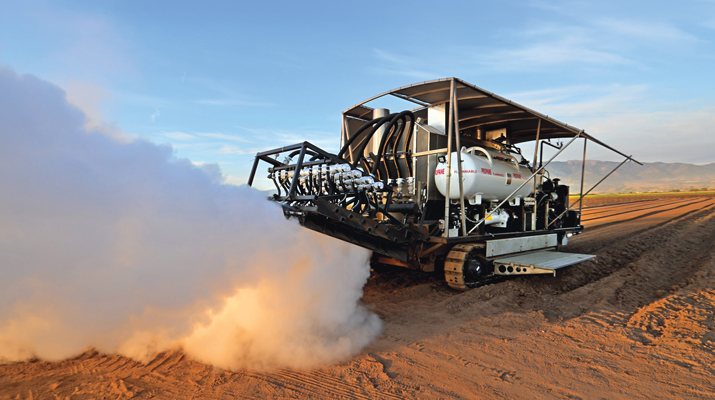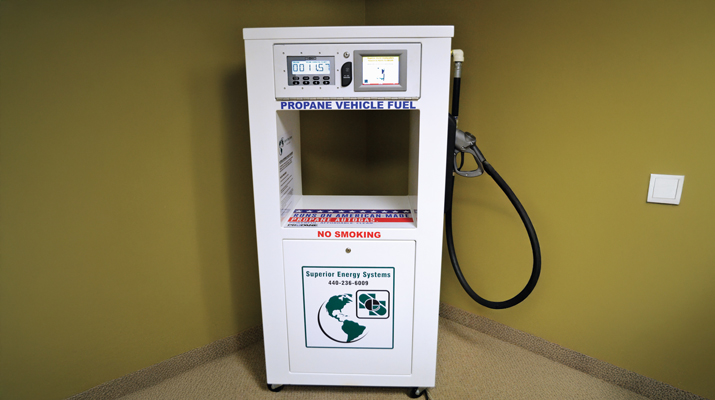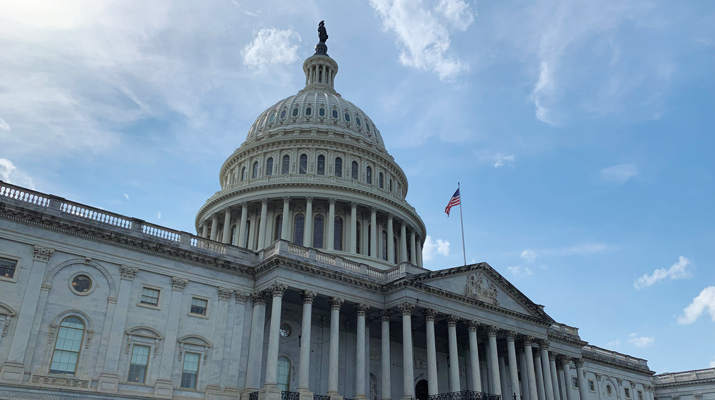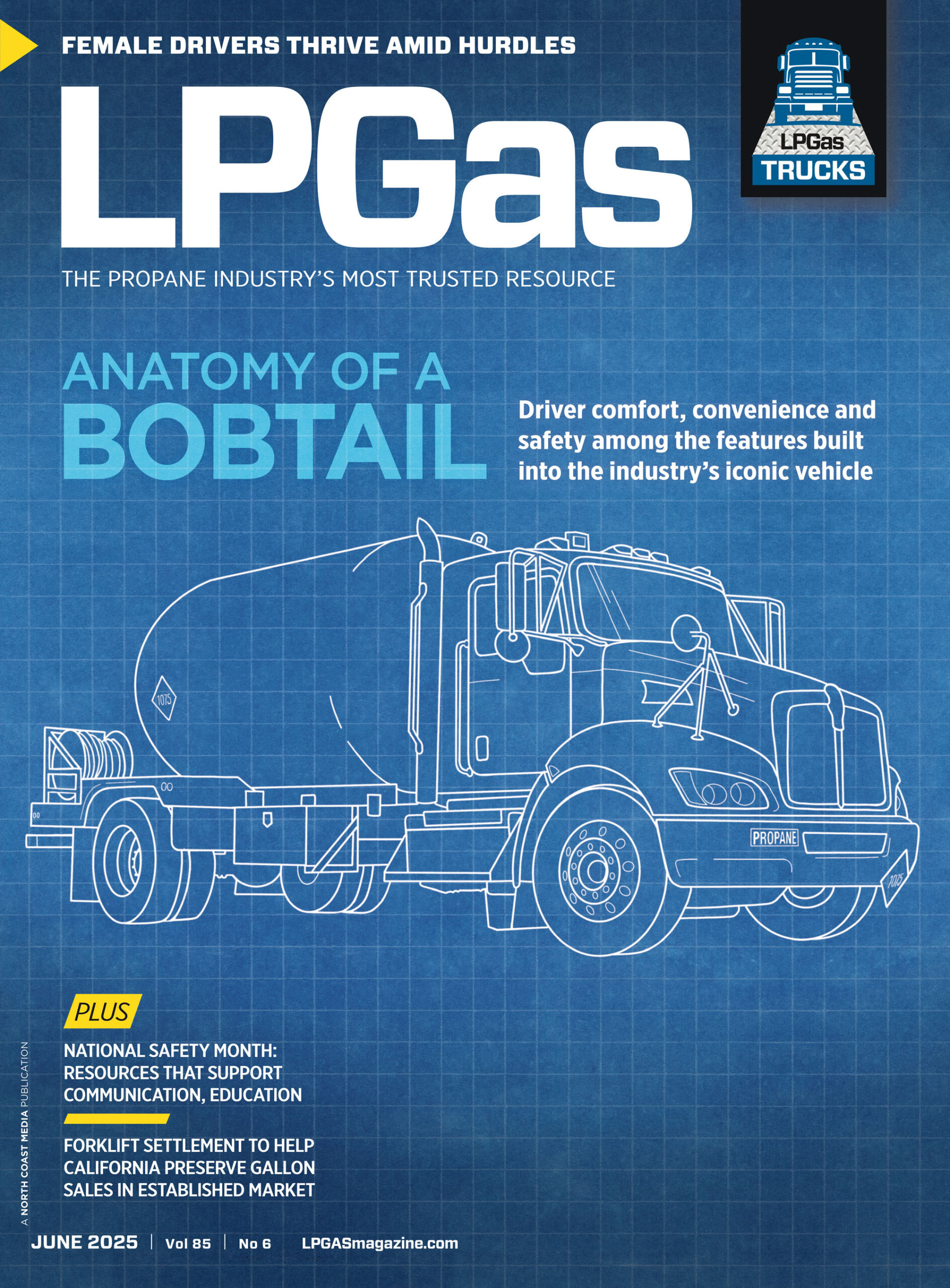Railroads face new disclosure rules on hazmat shipments
Under a final rule by the U.S. Department of Transportation’s (DOT) Pipeline and Hazardous Materials Safety Administration (PHMSA), railroads are required to proactively provide first responders with real-time, electronic information about rail hazmat shipments to the primary public safety answering point as soon as the railroad is aware of an accident or incident involving hazardous materials.
For example, this would include a 911 call center or emergency responder phone app such as AskRail.
“In a hazmat incident, firefighters and first responders arriving on scene need to know what kind of hazardous materials are present so they can protect themselves and their communities,” says U.S. Transportation Secretary Pete Buttigieg. “This final rule will require railroads to maintain detailed, real-time information about trains carrying hazardous materials – and share this information with local emergency responders when they need it.”
The final rule requires all railroads to generate, in hard copy and electronic versions, real-time train consist information for shipments containing hazardous materials. Required information includes the quantity and position of the hazardous materials on the train, the train’s origin and destination, emergency response information and a designated emergency point of contact at the railroad.
According to the agency, the new rule will ensure that firefighters can fully use PHMSA’s 2024 Emergency Response Guidebook (as well as the mobile phone ERG app), which PHMSA distributed recently to nearly 2 million first responders across the nation as part of a quadrennial effort to equip first responders with information on how to respond to each type of hazmat incident.
To date, DOT has announced over $2 billion in rail safety infrastructure investments through the bipartisan infrastructure law and issued final rules to enhance rail safety, including:
- Minimum safety requirements for the size of train crews and generally requires a second crewmember on trains.
- Emergency escape breathing apparatuses to train crews and other employees when transporting certain hazardous materials.
- The installation of locomotive video recording devices on passenger trains.
- A final rule that requires that large freight and passenger railroads systematically identify and evaluate fatigue-related hazards on their system, measure those risks and mitigate them.
Featured homepage photo: Brian Brown/iStock / Getty Images Plus/Getty Images








